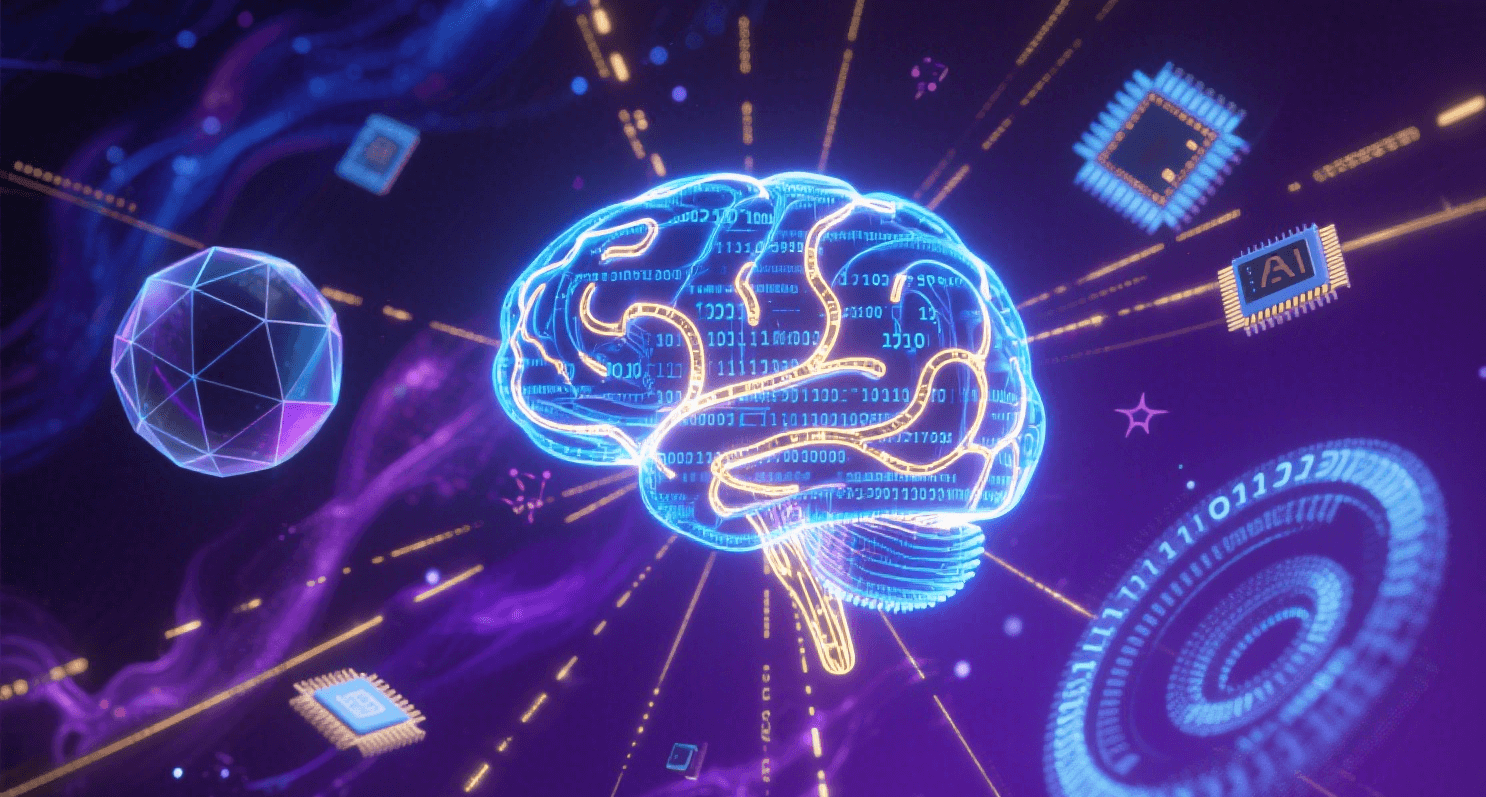Fine-Tuning and Transfer Learning are powerful techniques that can significantly improve the performance and efficiency of machine learning models. While transfer learning involves minimal adjustments to a pre-trained model, fine-tuning goes further by retraining the model to better suit a specific task.
What is Transfer Learning?
Transfer Learning is a machine learning technique that leverages knowledge gained from training a model on one task (source task) to improve performance on a related but distinct task (target task). Instead of training a model from scratch, it reuses pre-trained models’ learned features, reducing dependency on large target datasets and computational resources.
Core Mechanism:
Freezes most layers of the pre-trained model, training only the final layers to adapt to the new task. This preserves general features (e.g., edges in images, syntax in text) while customizing the output for specific goals.
Key Applications:
Computer Vision: Using ImageNet-pre-trained ResNet to detect rare diseases in medical images.
Natural Language Processing (NLP): Adapting GPT models, pre-trained on general text, for customer service chatbots.
Healthcare: Repurposing general image recognition models to analyze X-rays for fracture detection.
What is Fine-Tuning?
Fine-Tuning is a subset of transfer learning that involves adjusting part or all layers of a pre-trained model to better align with the target task. It retains the model’s foundational knowledge while refining specific layers to capture task-specific patterns.
Core Mechanism:
Typically freezes early layers (which learn universal features like textures or basic grammar) and retrains later layers (specialized in task-specific features). A smaller learning rate is used to avoid overwriting critical pre-trained knowledge.
Key Applications:
NLP: Fine-tuning BERT, originally trained on diverse text, for sentiment analysis of product reviews.
Computer Vision: Adapting ResNet (pre-trained on ImageNet) to classify specific plant species by retraining top layers.
Speech Recognition: Tuning a general voice model to recognize regional dialects.
Transfer Learning vs. Fine-Tuning
| Aspect | Transfer Learning | Fine-Tuning |
|---|---|---|
| Training Scope | Only final layers are trained; most layers frozen. | Entire model or selected layers are retrained. |
| Data Requirements | Performs well with small datasets. | Needs larger datasets to avoid overfitting. |
| Computational Cost | Lower (fewer layers trained). | Higher (more layers updated). |
| Adaptability | Limited; focuses on final output adjustment. | Higher; adapts both feature extraction and classification layers. |
| Overfitting Risk | Lower (minimal parameter updates). | Higher (more parameters adjusted, especially with small data). |
Key Differences and Similarities
Differences
- Transfer Learning is a broad concept encompassing various knowledge-reuse methods, while Fine-Tuning is a specific technique within it.
- Transfer Learning prioritizes efficiency with minimal adjustments, while Fine-Tuning emphasizes task-specific adaptation through deeper parameter tuning.
Similarities
- Both leverage pre-trained models to avoid redundant training.
- Both improve performance on target tasks, especially when data is limited.
- Both are widely used in computer vision, NLP, and other AI domains.
Advantages of Each Approach
Advantages of Transfer Learning
- Efficiency: Reduces training time and computational resources by reusing pre-trained features.
- Robustness: Minimizes overfitting in small datasets due to limited parameter updates.
- Versatility: Applicable to loosely related tasks (e.g., from image classification to object detection).
Advantages of Fine-Tuning
- Precision: Adapts models to domain-specific nuances (e.g., legal terminology in NLP).
- Performance: Achieves higher accuracy on tasks with sufficient data by refining deep-layer features.
- Flexibility: Balances general knowledge and task-specific needs (e.g., medical image analysis).
Domain Adaptation: When to Use Which
Choose Transfer Learning when
- The target dataset is small (e.g., 100–500 samples).
- The target task is closely related to the source task (e.g., classifying dog breeds after training on animal images).
- Computational resources are limited.
Choose Fine-Tuning when
- The target dataset is large enough to support deeper training (e.g., 10,000+ samples).
- The target task differs significantly from the source task (e.g., converting a general text model to medical record analysis).
- High precision is critical (e.g., fraud detection in finance).
Future Trends in Transfer Learning and Fine-Tuning
- Few-Shot Fine-Tuning: Combining transfer learning’s efficiency with fine-tuning’s precision to handle ultra-small datasets (e.g., GPT-4’s few-shot capabilities).
- Dynamic Adaptation: Models that adjust layers in real time based on incoming data (e.g., personalized recommendation systems).
- Cross-Domain Transfer: Enhancing ability to transfer knowledge across unrelated domains (e.g., from text to image tasks).
- Ethical and Efficient Training: Reducing carbon footprints by optimizing pre-trained model reuse and minimizing redundant computations.
Fine-tuning needs larger datasets and more intensive computational adjustments. It gains a clear advantage from WhaleFlux’s high-performance GPU clusters—equipped with NVIDIA H100, H200, and A100—ensuring efficient deep parameter tuning. Transfer learning focuses on minimal computational overhead. WhaleFlux complements this by precisely allocating resources, cutting costs without slowing things down. Whether an enterprise is adapting a general model to a niche task via fine-tuning or repurposing pre-trained knowledge across loosely related domains with transfer learning, WhaleFlux’s scalable, cost-effective GPU solutions provide the foundational infrastructure to maximize the potential of both approaches.

